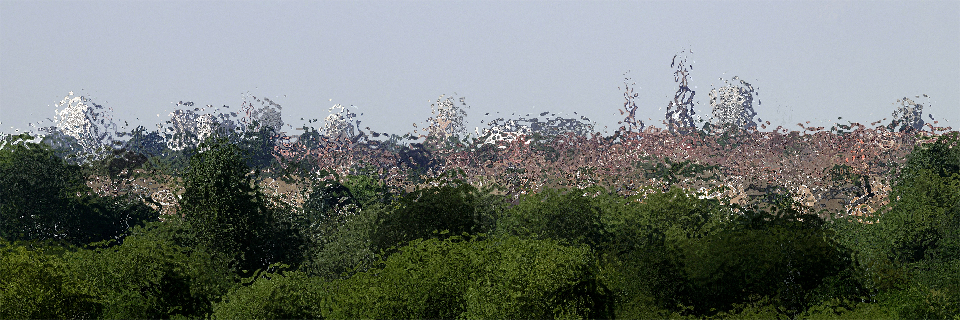The Future Coventry

“The Future Coventry”, led by Dr Michael Pigott (Film Studies, Warwick), will seek to utilise film as a mode of primary research.
While there is a long tradition of artists using film to document, investigate and represent architecture and urban space, and an equally long history of ethnographic film, recently there has been a significant move to integrate filmmaking practices into the methodological frameworks of the social sciences more broadly and substantially (particularly within anthropology, ethnography and cultural geography), often as part of wider methodological shifts that have been described as a ‘sensorial turn’ and a ‘spatial turn’. This m-p seeks to employ film-making both as a practice of documentation (which generates a swathe of primary research material in the form of video data) and as a mode of primary research in itself (the doing of filmmaking becoming the doing of research into urban space). This shift mirrors a similar ‘spatial turn’ in film studies indicated by Hallam and Roberts, who ask ‘under what circumstances might filmmaking also be understood as mapmaking or cartography? […] what affinities does cinema have with cartography in terms of locating the self (or other) in space, be it real or imagined?’ (Locating the Moving Image, 2014: 9).
The practical filmmaking component is informed by research and analysis of archival resources on the historical planning and envisioning of the future of Coventry city centre (eg. Donald Gibson’s important 1945 booklet The Future Coventry). As Murphy writes ‘the modern ruin is the discovery of a lack in the present –a lack corresponding to a potential future that only existed in the past’ (The Architecture of Failure, 2012: 3). Beyond the many remnants of a uniquely emphatic and experimental modernist urban design evident in Coventry, this m-p will look at archival documents that register the potential futures that never came to pass, the utopian promises evident in the architectural and urban planning documents, artist’s sketches, and scale models. The m-p will use hese archival documents as starting points from which to investigate and analyse the contemporary visual fabric and everyday functionality of Coventry’s cityscape. It will look for traces of past futures, remnants of ideals, practical disjunctions between intent and use, vernacular re-constructions of usefulness, and the visual makeup of the city from a number of ‘angles’ (from low down in the alleys, high on the motorway, from the point of view of pedestrian, motorist, bird, etc.).
Archival research will provide a key to the locations and ‘views’ of the city to be explored using the camera, and the appropriate filmmaking method. For instance, while the majority of videos produced may be static, the ring road invites a vehicular mode of visual navigation. A car-mounted camera will explore the centrifugal and centripedal forces that characterise the road that circumscribes the city. The extreme long take afforded by digital video will permit unbroken documentation of the ring, which will then be ‘looped’ in a variety of configurations within a multi-screen installation. The camera will be used as a means of traversing urban space, an embodied seeing that will be processed and re-presented.
»Microproject 2: The Future Coventry
